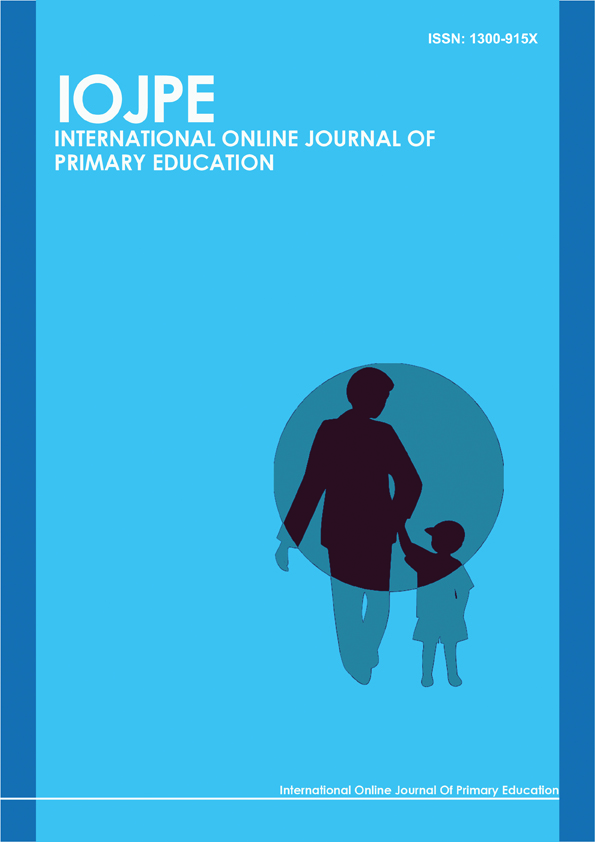
International Online Journal of Primary Education
Yazarlar: Metin Yurtbaşı
Konular:
Anahtar Kelimeler:Stress placement,L2,Compound,Phrase,Transcription
Özet: The three types of stresses namely “word stress,” “compound stress” and “phrasal stress” are the key elements to determine the exact means of conveying a specific intent in an utterance. Therefore during perception and production of such meaning-carrying codes, being able to use the right stress pattern is vitally important to establish the intended communication, or the language learning and teaching technique to be followed. This research investigates the learnerˈs ability to perceive, distinguish and produce the meaning differences between words, phrases and compounds during L2 acquision through various stress patterns. In such contrastive patterns as ˈHOT ˌdog (type of food) [compound] vs. ˌhot ˈDOG (hot canine) [phrase]” and “a ˈGREEN ˌhouse (a building made of glass for growing plants inside) [compound] vs. a ˌgreen ˈHOUSE (a house which is painted green) [phrase] the difference in the stress placement is a clear indication of meaning changes expressed. Compounds have primary stress on the first word and on those following them they have secondary stress. In the compound ˈGOLF ˌball, the first word has primary stress and the following the secondary stress. As for phrases, however, their qualified elements i.e. the words second in line are stressed more prominently. Therefore the acquisition of such a distinction in stress patterns in phrases and compounds is very important for learners of English in order to analyze what is said and convey their meaning more precisely in their oral communication. Natives make little mistake in distinguishing between the two because they are consciously familiar with them from their childhood on in their immediate environment. We, as language teachers, can and must help our student to acquire this skill by teaching them special stress paradigms, and allow them to compare minimal pairs using pictures representing a compound word or a phrase and asking them to tell the difference between the two. Students can hear a prerecorded tape with the names of the items, and be asked to indicate which one it is that theyˈve heard. Such words may be marked with capitalized letters in relevant syllables or phonetic transcriptions with suprasegmental features to show relevant stress patterns with primary or secondary stress where necessary. These drills may also incluse many other activities until we are satisfied of their performances. Thus our students having full consciousness of the meaning-determining feature of stress placement in compounds and phrases are eventually able to understand and convey their intended meaning more clearly.